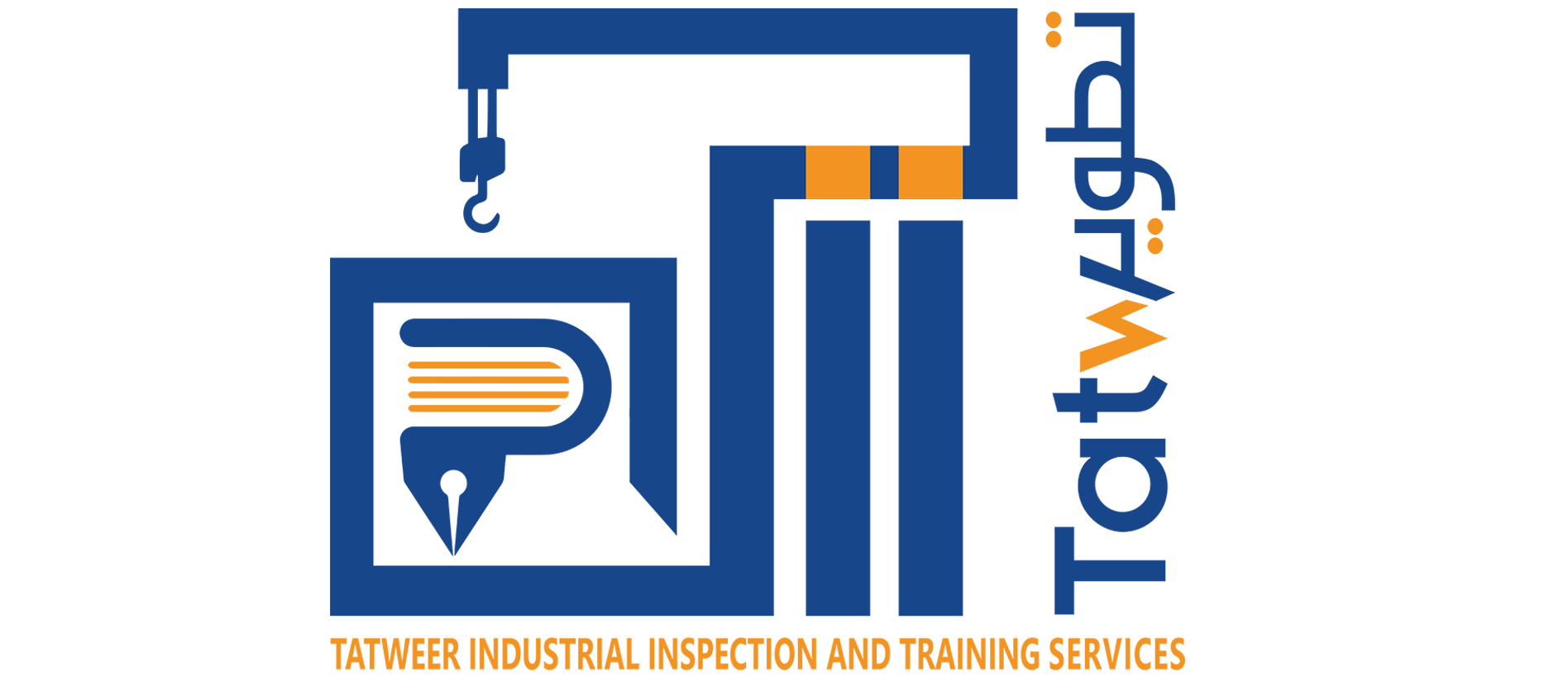Inspection Services

professional NDT Inspection
Tatweer industrial inspection is a professional NDT Inspection company in UAE. Our certified staff of non-destructive testing professionals provide quality NDT inspections for many industries throughout Middle East. Being one of the larger non-destructive testing companies, we have the capability to serve your need whether it is a small NDT project or an overseas outage needing many experienced technicians on-site.
- Magnetic Particle Testing (MPT)
- Penetrant Testing (LPT)
- Ultrasonic Testing (UT)
- Ultrasonic Thickness Gauging (UTG)
- Positive Material Identification (PMI)
- Holiday Inspection
- Visual Inspection (VI)
- Leak Testing (LT)
- Vacuum Box Testing(VBT)
- Hardness Testing (HT)
- Ferrite Testing (FT)


Magnetic Particle Testing (MPT) is a non-destructive testing (NDT) process for detecting surface and shallow subsurface discontinuities in ferromagnetic materials such as iron, nickel, cobalt, and some of their alloys. The process puts a magnetic field into the part. The piece can be magnetized by direct or indirect magnetization.
Direct magnetization occurs when the electric current is passed through the test object and a magnetic field is formed in the material. Indirect magnetization occurs when no electric current is passed through the test object, but a magnetic field is applied from an outside source. The magnetic lines of force are perpendicular to the direction of the electric current, which may be either alternating current (AC) or some form of direct current (DC) (rectified AC).
also known as dye penetrant testing – is based on the properties of surface wetting and capillary action, which causes a liquid to rise when confined to a small opening. After applying the penetrant and wiping away the excess, the penetrant that rises to the surface can indicate surface-breaking anomalies.
Tiits’s PT services are widely applicable to identify discontinuities in a variety of assets given its ease of use and minimal equipment requirements. Our technicians perform PT on assets in a variety of industries, with a wide range of shapes, sizes, and materials, including:
- Metals
- Composites
- Glass
- Ceramics
- Rubber
- Plastics
Ultrasonic Shear wave testing, also known as angle beam inspection, is an ultrasonic testing technique used primarily for weld inspections.
Awkward weld geometry and the presence of a weld crown or bead typically require shear wave testing, which entails placing a probe to the side of a weld and generating beams at an angle toward the weld.
Positive material identification (PMI) provides alloy chemistry and grade ID information in seconds using a hand-held scanner.
PMI is also commonly used to ensure:
The parent material in vessels and pipes is composed of the correct composition.
The correct filler material was used during equipment repair.
Our certified inspectors are trained to determine the various lengths, measurements, and quality of welded parts and components and to verify that the product meets the requirements of the specifications – whether within the military, automotive, construction or aerospace sectors.
Tiits can perform the various methods of leak testing on new components, as directed by relevant codes and procedures, or work with a customer to assist in locating leaks within their operating systems and existing assets.
Portable Hardness Testing (HT) is a non-destructive testing method utilized to obtain the hardness value of a material.
EIWAA uses Portable Hardness Testing Technology to provide clients the information they require about the materials they are utilizing
Ferrite content analysis is a non-destructive testing method which provides critical data for austenitic stainless steel and duplex materials. The delta ferrite percentage or number allows a technical assessment of material corrosion susceptibility, mechanical properties, service suitability, and service reliability. To perform properly ferrite testing, both a minimum material thickness and a minimum specimen size are required.
Test results are interpreted in accordance with current specifications and/or customer requirements. Reports issued are accompanied when necessary by drawings to identify locations tested.
Holiday test or a Continuity test is one of the non destructive test method applied on protective coatings to detect unacceptable discontinuities such as pinholes and voids.
The test involves checking of an electric circuit to see if current flows to complete the electrical circuit.
A Holiday test or Continuity test is performed by applying low voltage (connected in series with an LED or noise-producing component such as a piezoelectric speaker) across the chosen path.
If the electrical flow is detected then the test area is termed as conductive indicating presence of discontinuities such as pinholes and voids.
This test is commonly used in the offshore industries where piping and structures are coated with non-conductor coatings
Vacuum box testing is a non-destructive examination used when trying to locate weld seam leaks. A vacuum box and a compressor create a high or low pressure vacuum while a detergent solution is applied to the test area. The detergent bubbles, making leaks visible within the created pressure envelope. All inspections are conducted within the parameters of ASME Section V Article 10, Appendix II or to client specifications.
Ultrasonic Thickness Gauging (UTG) is a performing non-destructive method analysis of the local thickness of solid material and is based on the time taken by the ultrasound wave to return to the surface. UTG is frequently used to monitor metal thickness or weld quality in industrial settings such as mining.
Tiits technicians are equipped with portable UTM probes to reach steel plating insides, tanks, decks, and the superstructure. They can read its thickness by simply touching the steel with the measurement head (transducer). Accuracy is generally assured by first removing visible corrosion scale.
